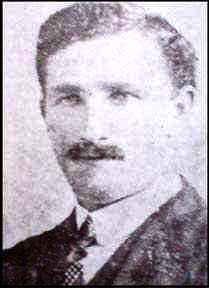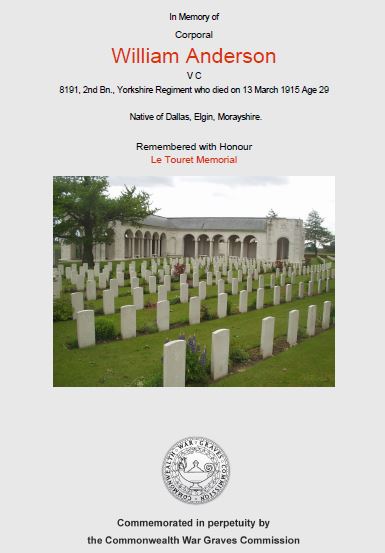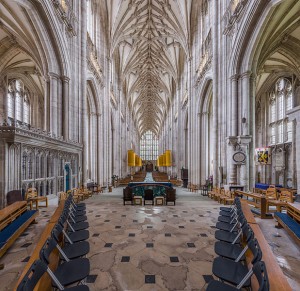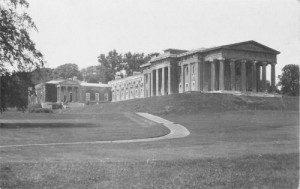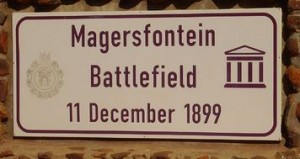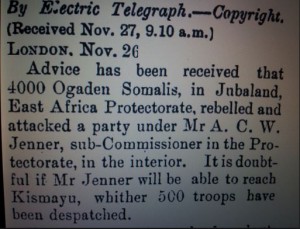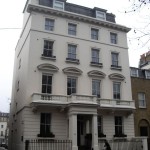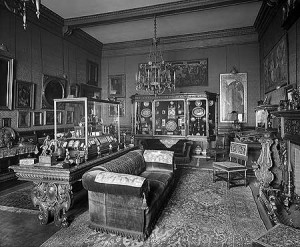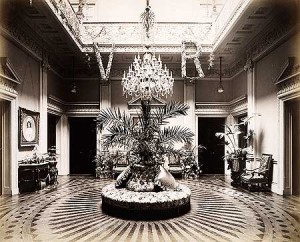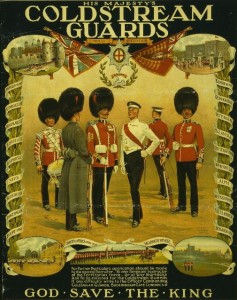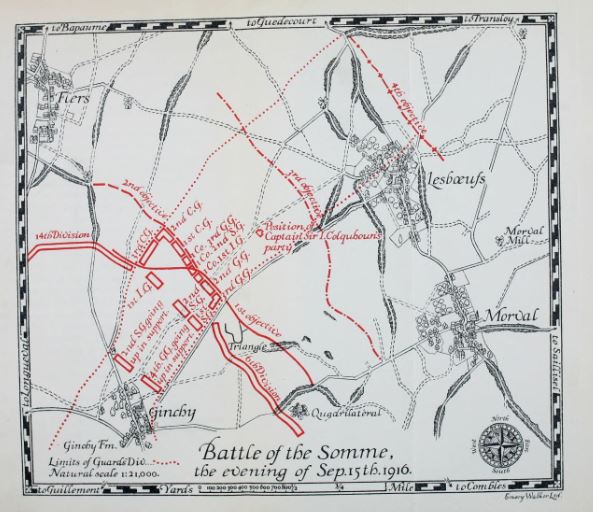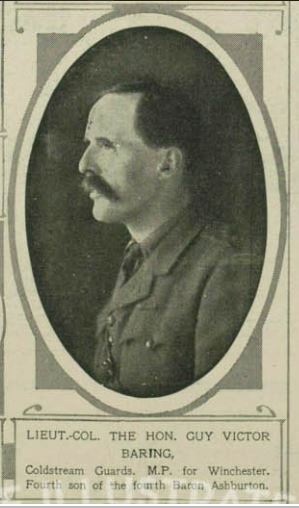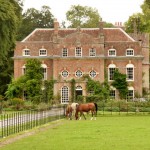Thursday morning bright and early – well, early, but not necessarily bright, my two friends and I set off for the NEC at Birmingham. The 7am start set us in good stead as the roads were not all that bad, even though we were travelling in the commuter hours – luckily the traffic queues were all heading north.
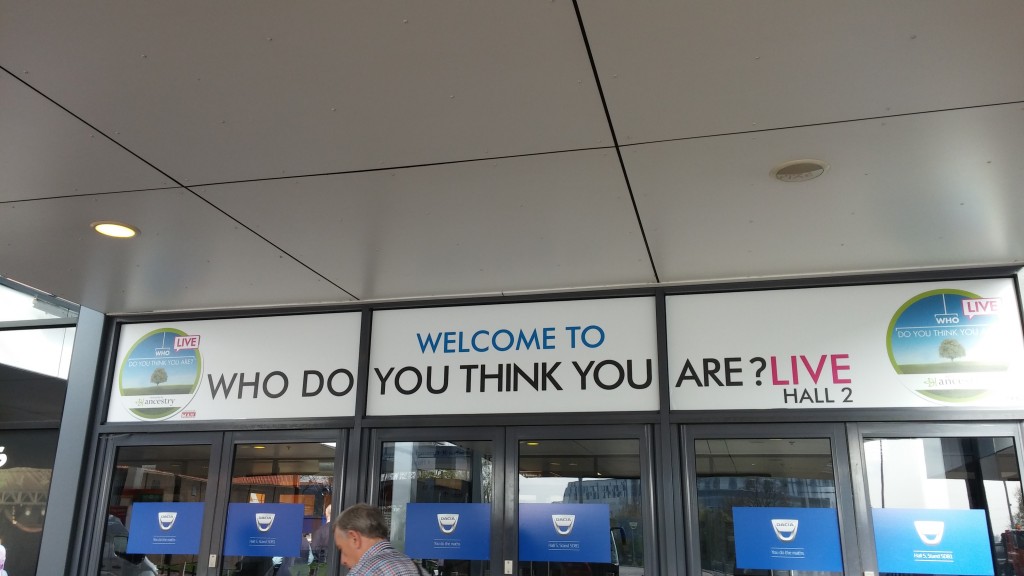 We arrived slightly after 9:30am, parked the car and after my friend said goodbye to her ‘hubby’, who had been out driver, we caught the shuttle bus to arena 2. So, after a committee meeting to decide whether to have a coffee of not. It was a very short meeting with a unanimous decision – yes, a cuppa was in order.
We arrived slightly after 9:30am, parked the car and after my friend said goodbye to her ‘hubby’, who had been out driver, we caught the shuttle bus to arena 2. So, after a committee meeting to decide whether to have a coffee of not. It was a very short meeting with a unanimous decision – yes, a cuppa was in order.
I was very surprised that there was no queue of people waiting to show their tickets and enter the arena. Once inside we decided we would go our own ways, but meet at 12:30 for lunch and fresh air.
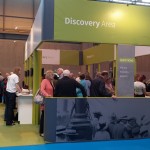
 As we entered the stand that was prominent was Ancestry, well they had a couple of stands – one with people using the free access to find their long lost family, another had a bank of three laptops for membership questions, discounts and offers. A membership discount was available but the laptops seemed to be having problems and we had to go back again – infact we went back a few times, but the problems seemed to be all day. Behind the laptops was a nice man who was the the technical side of the company and offered help on searching techniques. There was also the Ancestry DNA stand. After the Ancestry section I decided on a system so as not to miss anything. Row by row, I progressed down the area one side and up the other – it worked.
As we entered the stand that was prominent was Ancestry, well they had a couple of stands – one with people using the free access to find their long lost family, another had a bank of three laptops for membership questions, discounts and offers. A membership discount was available but the laptops seemed to be having problems and we had to go back again – infact we went back a few times, but the problems seemed to be all day. Behind the laptops was a nice man who was the the technical side of the company and offered help on searching techniques. There was also the Ancestry DNA stand. After the Ancestry section I decided on a system so as not to miss anything. Row by row, I progressed down the area one side and up the other – it worked.
The night before our visit I had made a very rough list, and I mean rough list, of people I had wanted to ask questions about, that was if there was any stand that fitted my needs. The list consisted of :-
John Kaye, a Home Child, who later became a regular soldier. A divorcee, who married my aunt. John Younie, who died while in a court in India in the war. How could I get a copy of a death certificate and where would he be buried? Relatives from Germany. Members of the Grace family, carvers, gilders and one an artist (a friend of Whistler) who lived in Wakefield and Chiswick. PLUS two distant relatives who had been awarded the Victoria Cross.
Aswell as the professional associations i.e. AGRA, ASGRA etc., there were a plethora of Family History Societies and Groups, quite a few companies wanting you to have your DNA tested, a few software companies, research supply companies and other companies that had no connection to our subject at all but seemed to need ‘footfall’.
I was surprised at a few well known companies i.e. online research and software companies that had staff manning their expensive stands, and whose staff on Thursday stood around talking to each other, while customers, prospective customers, waited for help. The staff at one particular stand not only had staff stood in a huddle, but they either did not care about the product they were trying to get you to purchase or had not been trained. Saying that there were a couple of other stands, non-family history stands, whose pressure selling would have been welcomed by the aforementioned companies. Apart from this negative bit, the rest of my day was a pleasure.
Some of the stands I will tell you about individually, while others will be mentioned here.
Who did I talk to and why was I impressed enough to tell you about them!
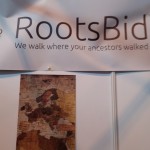 ………with my leaflets and brochures sorted and besides me, lets work through them. Firstly, I met a very nice lady from Rootsbid, an online company where you place a request for help, a photograph etc., and people place their bid for the request. You simply then chose the person you wish to do the job, pay and upon completion the monies are passed over. Seems a good idea but I would have liked the option of having more than one area where you are willing to help. But other than that, take a look – could be an idea for out of area or out of country photographs and archive work.
………with my leaflets and brochures sorted and besides me, lets work through them. Firstly, I met a very nice lady from Rootsbid, an online company where you place a request for help, a photograph etc., and people place their bid for the request. You simply then chose the person you wish to do the job, pay and upon completion the monies are passed over. Seems a good idea but I would have liked the option of having more than one area where you are willing to help. But other than that, take a look – could be an idea for out of area or out of country photographs and archive work.
I had a nice chat with a man from the Guild of One Name Studies, who nearly persuaded me to join and register one or two unusual names – that may have to wait as too much on at the moment…………but maybe one day! But after a look at their website and searched a few of my family names, it seems I may have to register a lot of names, sometime, as no one at the moment seems to be specialising in them.
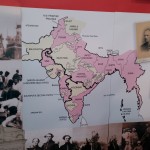 FIBIS – Families in British India Society, seemed like a stop to ask about John Younie. The stand was well presented and manned with lots of friendly and willing people. One of the ladies showed me their website and we looked for him. A few with the same surname were there but not him. I was however, given a few hints and tips and suggestions of where to look next. I was given a few hints and tips on where to go and what to ask for.
FIBIS – Families in British India Society, seemed like a stop to ask about John Younie. The stand was well presented and manned with lots of friendly and willing people. One of the ladies showed me their website and we looked for him. A few with the same surname were there but not him. I was however, given a few hints and tips and suggestions of where to look next. I was given a few hints and tips on where to go and what to ask for.
We, as family historians research and record information about people who have gone before, but sometimes we forget that there are living relatives. These family members may be older in years but hold such a vast amount of information. There were two companies at the exhibition who specialised in recording memories. Both companies were manned by nice people who knew their product. One was Speaking Lives and the other was Love Your Stories.
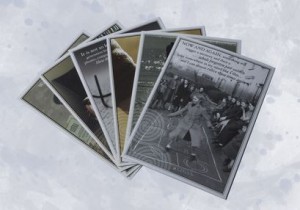 The previous companies were for the recording of history, but there was a stand, promoting Family Legacy Cards. Wonderfully designed cards with a suitable sentiment, covering a variety of occasions. Set up by two friends, whose children both suffered with Autism and Learning Difficulties. The cards, each with a thought provoking cover, can either be sent to an older relative for them to write their memories or stories, or they can be filled in by parents, grandparents or other relatives to children and kept until an appropriate time to be read.
The previous companies were for the recording of history, but there was a stand, promoting Family Legacy Cards. Wonderfully designed cards with a suitable sentiment, covering a variety of occasions. Set up by two friends, whose children both suffered with Autism and Learning Difficulties. The cards, each with a thought provoking cover, can either be sent to an older relative for them to write their memories or stories, or they can be filled in by parents, grandparents or other relatives to children and kept until an appropriate time to be read.
My attention was caught by a banner advertising Surrey in the Great War – the county are looking to record how the Great War affected those within the area and are asking for volunteers – they say unlike 1914 enlistment, they have no age, height or medical restrictions, all are welcome. They are also wanting school, college and community group involvement, including family and local history societies.
The Belgian Tourist Board had a small but impressive stand. They had available wonderful brochures which gave wonderful information about places with WW1 connections. Their Trade Manager, was a very nice man and promised to post a brochure for around the Ypres area.
In a small corner of one stand were a few people representing F G Marshall Ltd., The skill shown on the stand was amazing and the patience these artists must have, could put us all to shame.
A number of stands were promoting education i.e. courses on family history, heraldry, military subjects. Some of the courses were complete in a matter of weeks, while others, could take a year or two. Some of the courses were organised by – University of Oxford Dept., for Continuing Education; University of Dundee, Centre for Archive and Information Studies; Strathclyde University, genealogical studies. Finally, Pharos Teaching and Tutoring Ltd.,
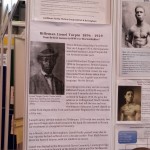 If you had Caribbean roots, there was a stand that catered for your needs – the Caribbean Family History Group. The leaflet I collected proved very informative about what is available in the UK, the link take you to Solihull Council website, which give more pointers.
If you had Caribbean roots, there was a stand that catered for your needs – the Caribbean Family History Group. The leaflet I collected proved very informative about what is available in the UK, the link take you to Solihull Council website, which give more pointers.
The Imperial War Museum, had a large stand promoting their website Lives of the First World War. The site aims to add life events to the men and women who played a part in the Great War. You can simply remember a person or add facts, pop along and see who is there.
website Lives of the First World War. The site aims to add life events to the men and women who played a part in the Great War. You can simply remember a person or add facts, pop along and see who is there.
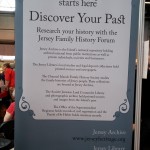 The Jersey Archives had a stand and I met a lovely young lady, who was pleased and surprised when I told her of a connection between Wakefield and the Channel Islands. The General Register Office were also there armed with facts, information and leaflets to aid research.
The Jersey Archives had a stand and I met a lovely young lady, who was pleased and surprised when I told her of a connection between Wakefield and the Channel Islands. The General Register Office were also there armed with facts, information and leaflets to aid research.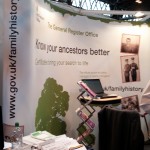
I was drawn to a very large dome, 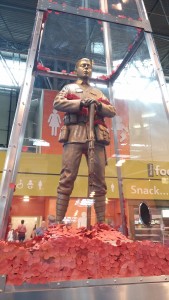 enclosing a statue of a soldier standing at ease, with his rifle barrel down. On regular invervals hundreds of poppies were blown around. The Royal British Legion were promoting their site Every Man Remembered at Who Do You think You Are this year. Met a couple of nice men, one of them gave me a quick tour of the site – he made it look easier than it actually is, but I got there in the end and remembered my Great Uncle Herbert Siddle.
enclosing a statue of a soldier standing at ease, with his rifle barrel down. On regular invervals hundreds of poppies were blown around. The Royal British Legion were promoting their site Every Man Remembered at Who Do You think You Are this year. Met a couple of nice men, one of them gave me a quick tour of the site – he made it look easier than it actually is, but I got there in the end and remembered my Great Uncle Herbert Siddle.
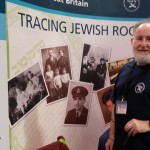 I picked up a few leaflets from the Jewish Genealogical Society of GB – one for a friend who has researched a cabin trunk owned by a lady who managed to get out of Germany a short while before war was declared, I thought they may be of interest to her. I also picked up a leaflet or two from the Ministry of Defence
I picked up a few leaflets from the Jewish Genealogical Society of GB – one for a friend who has researched a cabin trunk owned by a lady who managed to get out of Germany a short while before war was declared, I thought they may be of interest to her. I also picked up a leaflet or two from the Ministry of Defence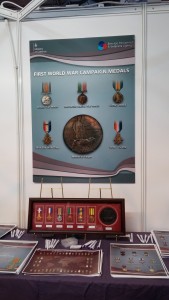 stand. The leaflets were guides to WW2 Casualty Packs, Medal Office Guide, Personnel and Record Guides – all very interesting and useful. They also had on display a collection of medals, including the V.C., which a couple of my family members were awarded. I was also told to take the A3 prints they had of all the medals, nice things to keep for reference.
stand. The leaflets were guides to WW2 Casualty Packs, Medal Office Guide, Personnel and Record Guides – all very interesting and useful. They also had on display a collection of medals, including the V.C., which a couple of my family members were awarded. I was also told to take the A3 prints they had of all the medals, nice things to keep for reference.
If you do family history you will know of the next stand that caught my attention, the stand of the Jesus Christ of the Latter Day Saints, namely Family Search, who have been the forerunners in family history research for decades. I don’t need to say anymore about this site, just to to the website and lose an afternoon or a weekend looking for your family.
Another site I stopped at was manned by Chris Patton for Unlock the Past Guidebooks. Chris has written quite a number of books but all with the family history link. All of the publications can either be purchased in book form or available as an e-book as a PDF document, well worth a look as some of the titles look very interesting.
Another large stand, this time belonging to Find My Past – not only did they have laptops available for look-ups, very helpful staff, they also had a series of free talks during the show. They were also promoting the 1939 Register. All making a very busy stand.
The National Army Museum had another good stand packed with very useful information leaflets giving information on events, the study and research centre etc., and again, manned by very nice and helpful staff.
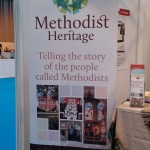 As one of the groups I am a member of is within a non-conformist area, so it seemed natural that I should pay a visit to the Methodist Heritage stand. Leaflets packed with the history of Methodism plus places to visit that have a Methodist connection.
As one of the groups I am a member of is within a non-conformist area, so it seemed natural that I should pay a visit to the Methodist Heritage stand. Leaflets packed with the history of Methodism plus places to visit that have a Methodist connection.
Just taking a final look through my collection of leaflets and I have very nearly forgotten to mention Forces War Rec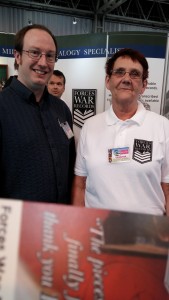 ords. It is a site that I have found when googling the name of many soldiers who were KIA or DofW during the Great War. While I was chatting to a couple of the people on the stall I mentioned my two V.C. awardees. So, they set too to find them, and show me what the site could do. Well initially, they could not be found, but eventually we found one and I sneakily took down the edition of The Gazette – tell me you haven’t done the same! While we were looking for the other elusive VC recipient, other staff members came and started chatting, laughing and joking. I said that if you can find them, I would join but would want a discount to do so – I was given a discount code. A few Tweets went back and forth and one told me the elusive man had been found. A Tweet said, looks like I should join……………I did and used the discount code. Thank you very much.
ords. It is a site that I have found when googling the name of many soldiers who were KIA or DofW during the Great War. While I was chatting to a couple of the people on the stall I mentioned my two V.C. awardees. So, they set too to find them, and show me what the site could do. Well initially, they could not be found, but eventually we found one and I sneakily took down the edition of The Gazette – tell me you haven’t done the same! While we were looking for the other elusive VC recipient, other staff members came and started chatting, laughing and joking. I said that if you can find them, I would join but would want a discount to do so – I was given a discount code. A few Tweets went back and forth and one told me the elusive man had been found. A Tweet said, looks like I should join……………I did and used the discount code. Thank you very much.
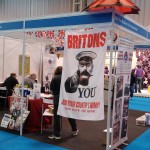 I also paid a quick visit to the Western Front Association while wandering around, such a nice set of people and very knowledgeable on their subject.
I also paid a quick visit to the Western Front Association while wandering around, such a nice set of people and very knowledgeable on their subject.
Lastly, but my no means least, was the stand of The Commonwealth War Graves Commission. Again a wonderful stand packed with information and resource material. Over the years I have acquired a few of their booklets and pamphlets, now it was time to add some more to the collection. Some of the booklets would be wonderful as information fillers in a book that I am researching for. One of the staff was very helpful when I mentioned an error on a headstone – so to gather the evidence and forward to them.
Like this:
Like Loading...
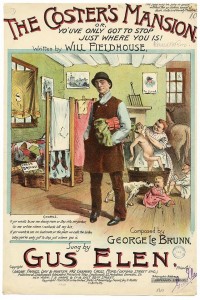
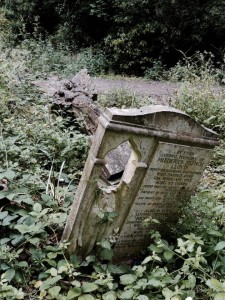

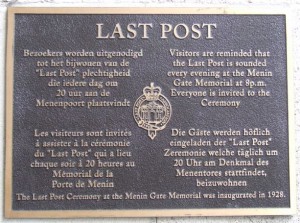
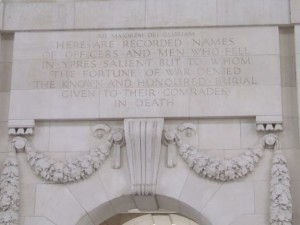
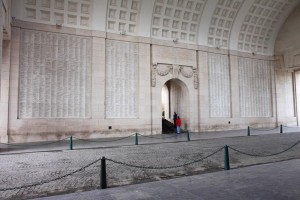
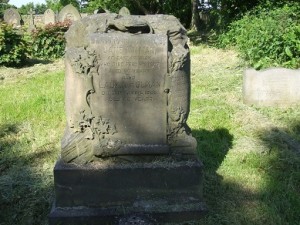
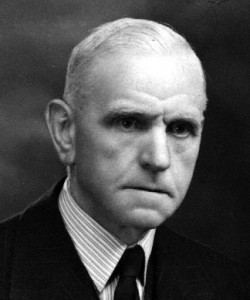
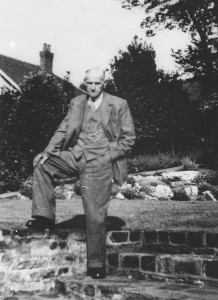
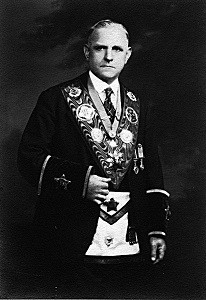
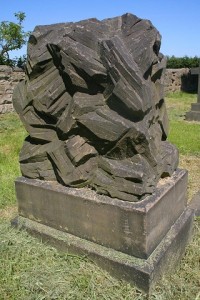
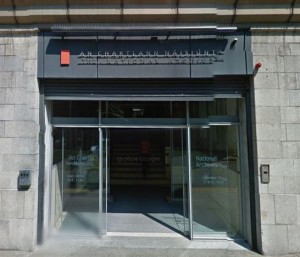
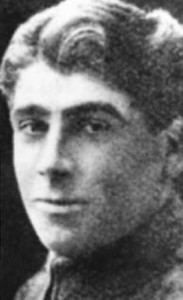
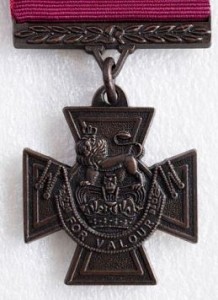
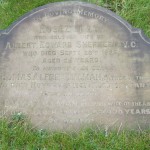
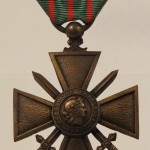
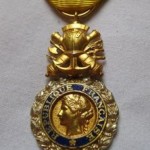
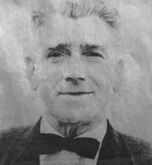
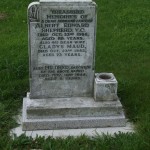
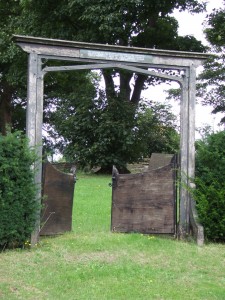
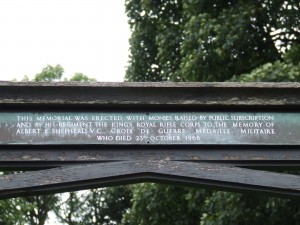
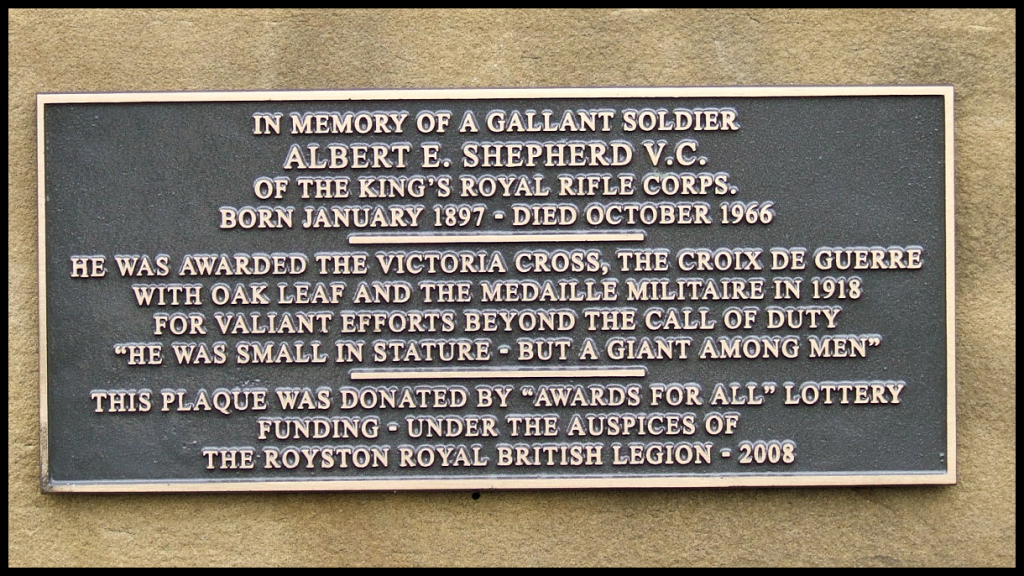
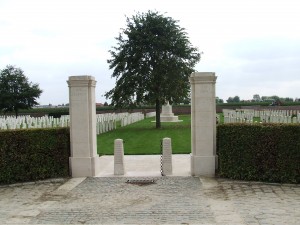 lando Manners, C.M.G., D.S.O.
lando Manners, C.M.G., D.S.O.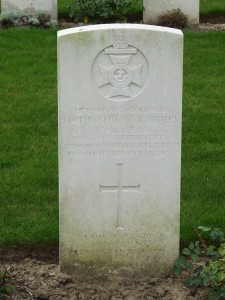
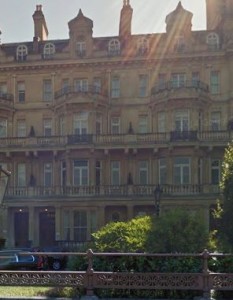

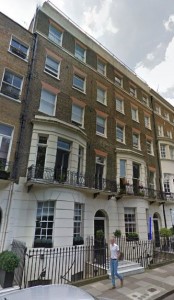
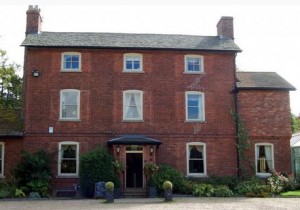
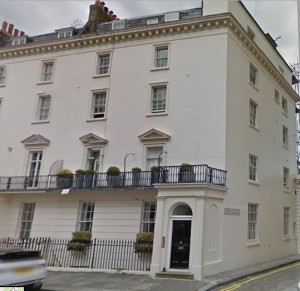














 ords
ords
